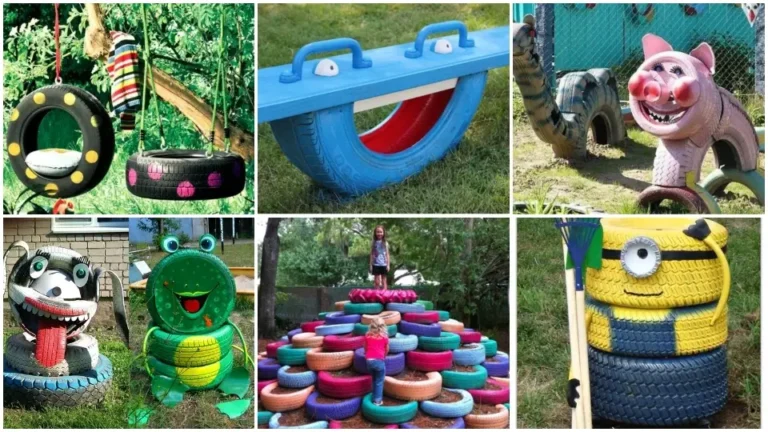Carbon Fiber Hockey Sticks: Unraveling the Technology Behind Them
The hockey world has witnessed a significant shift from traditional wooden sticks to high-tech carbon fiber ones. They’ve become the go-to for professionals and enthusiasts alike, but what’s the story behind this change? This blog post seeks to dissect the technology behind carbon fiber hockey sticks, exploring how they’ve revolutionized the game and what the future may hold.
Understanding Carbon Fiber
Carbon fiber is a material known for its lightweight, strength, and stiffness, making it perfect for use in a hockey stick where each of these characteristics can impact a player’s performance.
Properties and Benefits in Hockey Stick Manufacturing
- Weight: Carbon fiber sticks are much lighter than their wooden or aluminum counterparts, allowing for quicker hand movements and reduced fatigue.
- Durability: With high tensile strength, these sticks can resist the wear and tear of intense gameplay.
- Stiffness and Flexibility: The material can be fine-tuned during manufacturing for desired flexibility without sacrificing lifespan, catering to personal playing styles.
Technology Behind Carbon Fiber Sticks
Manufacturing Process
The process begins with layers of carbon fiber cloth impregnated with a resin. These layers are wrapped around a foam core and placed into a mold which is then heated, causing the resin to cure and bond with the carbon fibers, creating a solid, durable structure.

Impact on Performance and Durability
The result is a stick that is not only light and strong but also has the flexibility to snap back after bending, providing powerful shots without the risk of breaking easily.
Comparison to Traditional Sticks
Advantages
- Power: Carbon fiber sticks can transfer more power into shots due to their stiffness.
- Customization: Makers can easily adjust factors like flex, curve, and kick point to suit individual players.
Disadvantages
- Feel: Some argue that carbon fiber sticks don’t provide the same ‘feel’ for the puck as wooden ones do.
- Cost: The advanced technology and manufacturing process make them more expensive.
User Experience and Performance
Player Testimonials and Feedback
Players often note immediate differences in their shot speed and handling precision when switching to carbon fiber sticks. Positive testimonials from professional and amateur players strengthen the preference for carbon fiber sticks.
Future Trends
Innovations in Carbon Fiber Technology for Hockey Sticks
The ongoing research focuses on increasing the resistance of carbon fiber sticks to slashing and impact damage to extend their life even further.
Conclusion
Carbon fiber hockey sticks represent a significant leap forward in the evolution of hockey equipment. They offer numerous performance benefits and, despite their higher price point and some trade-offs in ‘feel,’ they are widely adopted by players at all levels.
The future looks bright as continual advancements in materials science promise even better-performing sticks. For those passionate about hockey, the rise of carbon fiber sticks is a trend worth following.
—
Hockey players and enthusiasts, we’d love to hear your experiences with carbon fiber sticks! Share your stories in the comments below and join the conversation on the cutting edge of hockey tech.






